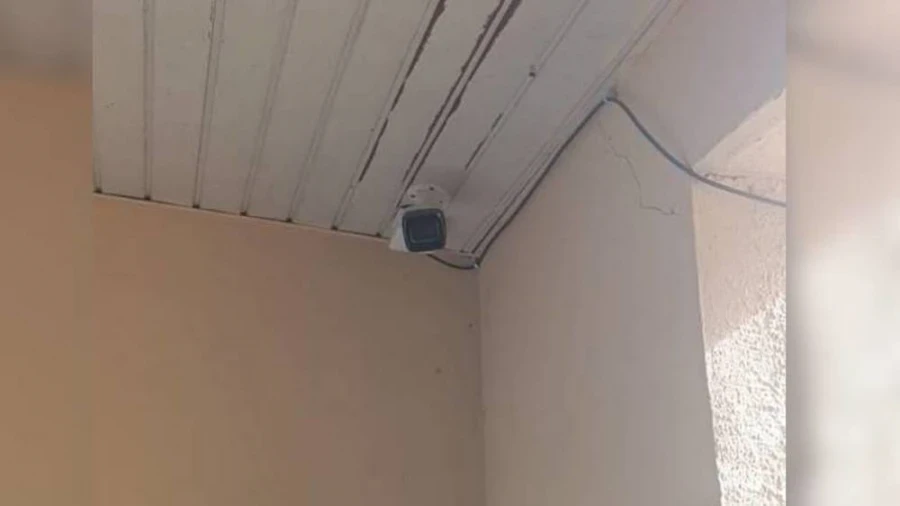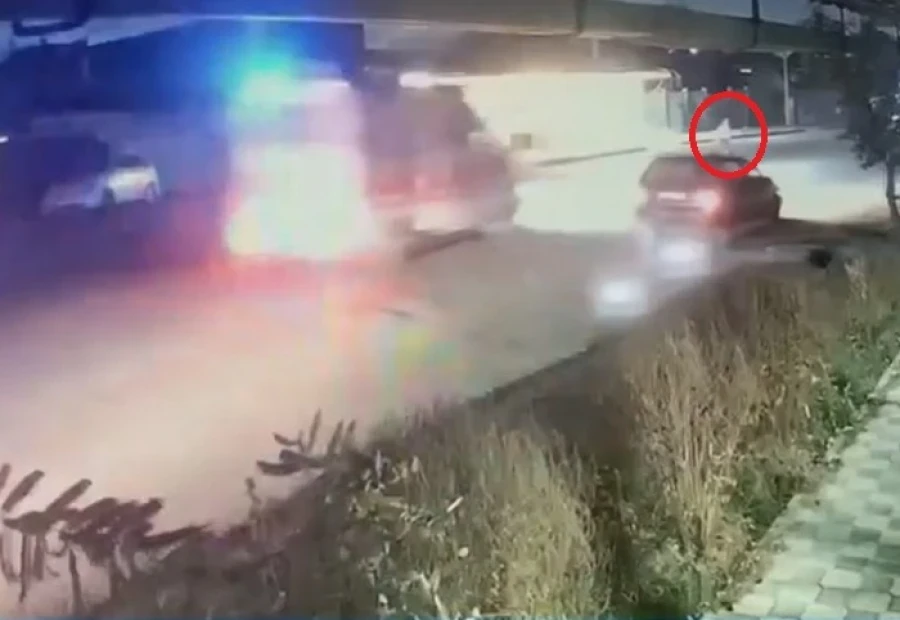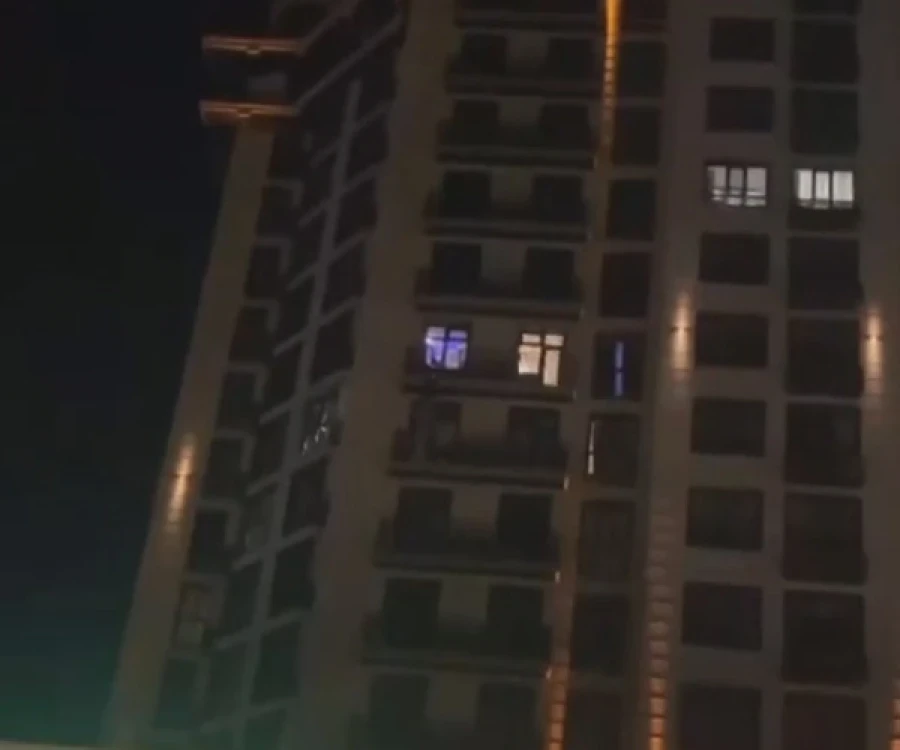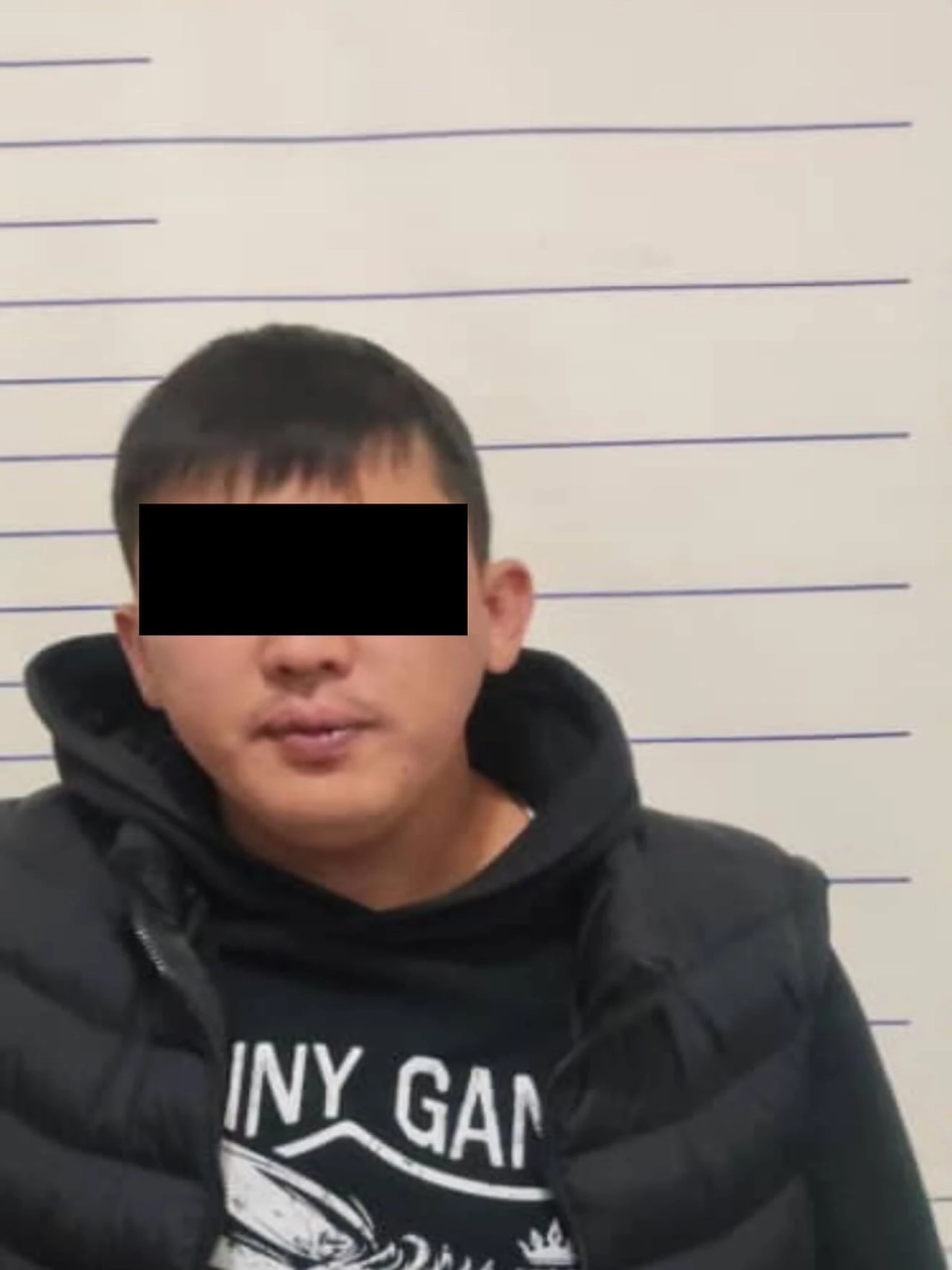Where the cameras are located: from Batken to Issyk-Kul
Since its launch in 2021, the Ministry of Internal Affairs' Operational Control Center has installed over three thousand cameras across the country, with plans to increase their number to 20,000 in the coming years.These devices are placed in various locations throughout Kyrgyzstan: at borders, along major transport arteries, and in cities. The cameras can rotate 360 degrees and can zoom in on images from up to 500 meters away. About half of them are equipped with facial recognition systems, which significantly facilitates the search for missing persons and those wanted in criminal cases.
Artificial intelligence and its limitations
When a camera detects a person who is wanted, the artificial intelligence system conducts a comparative analysis of the image with data from the wanted persons database. If the level of matching exceeds a set threshold, the operator receives a notification.However, this technology is not without its flaws. As emphasized by the Ministry of Internal Affairs, cameras can make mistakes if a person has certain differences, for example, if they are hiding their hair with a scarf or have an unusual hairstyle. Bad weather, poor lighting, and unclear images can also lead to errors. In such cases, specialists manually check the signal, and only then is the information passed on to the duty units.
Since the implementation of the system in 2022, according to Aina Kochkorbaeva, head of the Operational Control Center, more than 2,500 wanted persons have been detained, including those who were internationally wanted.
Response speed: 5 minutes to act
Aina Kochkorbaeva noted that the system reacts differently to various incidents. "If the camera detects a wanted person, the signal is sent automatically. But if, for example, a beating occurs, that depends on the staff who must notice and report it," she explained.This also applies to situations where smoke or fire may arise. "In the dark, people may not notice these signs. If our operators see this, the information goes to the Control Center, and after verification, the duty officers send a signal to colleagues from the nearest Ministry of Internal Affairs unit," she added.
The average response time is about five minutes; however, the arrival time may vary depending on traffic density, time of day, and distance to the incident site.
skepticism about "total control"
The expansion of video surveillance raises concerns among human rights defenders and parts of the population about the potential transformation of the system into total control, where every step can be monitored without the knowledge of citizens.However, the Ministry of Internal Affairs assures that there is no need to worry about this:
We simply do not have the time to monitor specific individuals.The system is designed to record incidents and wanted persons, not to surveil the everyday lives of citizens.
Every action within the system is recorded: who turned on the camera, who checked the signal, and who transmitted the information. Misuse of the system for personal purposes is considered a service violation and is strictly punished.
Ministry of Internal Affairs cameras and "Safe City": what’s the difference?
Aina Kochkorbaeva emphasized that the cameras of the Operational Control Center are not related to the traffic violation recording system ("Safe City"). "We monitor exclusively for safety, not for traffic rule violations," she clarified.She also explained the procedure for searching for lost items: "If someone has lost something, whether it be an item, a car, or an acquaintance, you cannot just come to us. First, you need to file a report with the police, and only after that can we start searching if it was recorded on the cameras."
The future: more cameras and broader coverage
The installation of new cameras will continue over the next three years. Priority will be given to places with a high concentration of people: public transport, educational institutions, and residential areas.The plan is to increase the number of cameras to 20,000, which will create a more extensive surveillance network, facilitating a quick response to incidents, but also raises questions about the balance between security and privacy.







